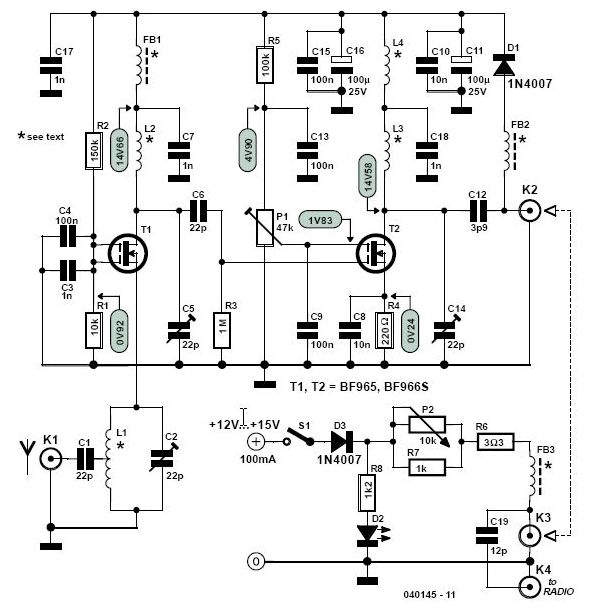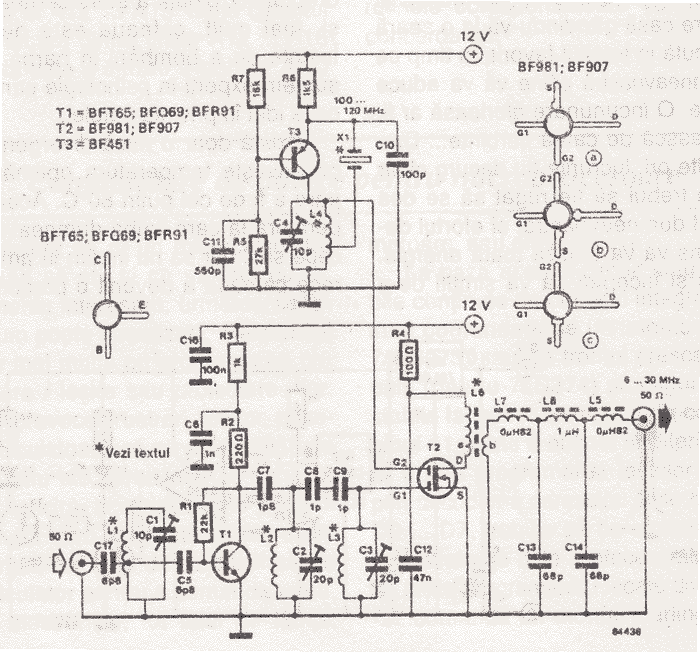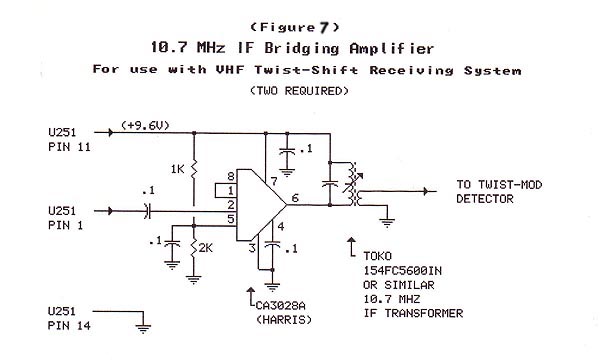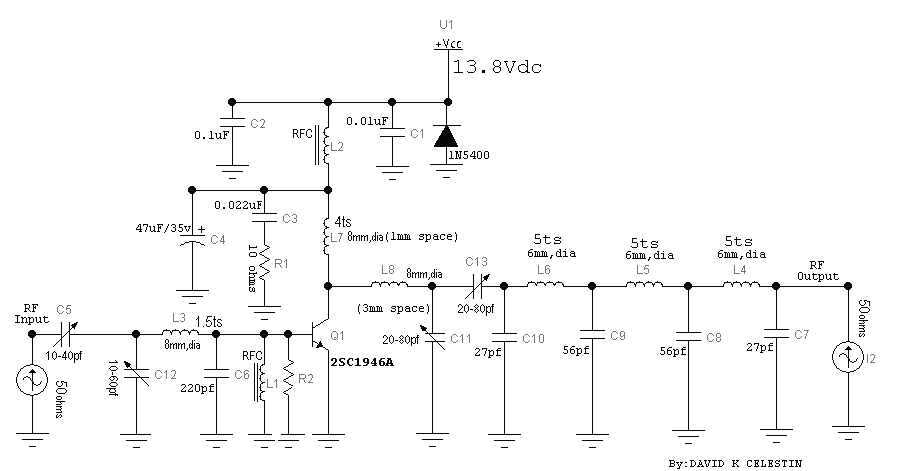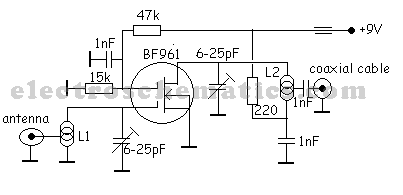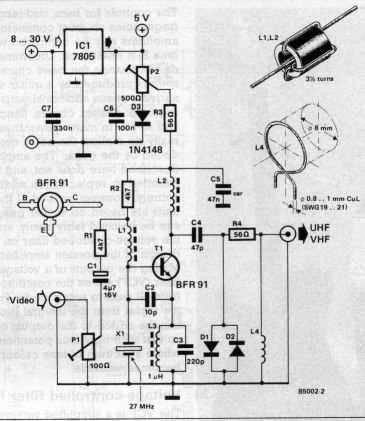
VHF Portable "rubber duck" antenna
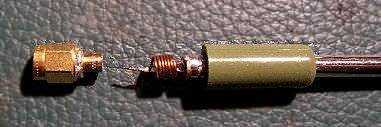
You can make your own 2-meter "rubber duckies" that will likely perform much better than many commercial units. I compared my design with two other "rubber duckies" of the TH215 and ICT7 which outperformed them both. With the "duckie" of the ICT7e as much as 10dB. It does not have a gain compared to a 1/4 wave antenna of course, but compared to most standard "rubber duckies" its average "gain" is about 6dB (or more). More: This has several reasons: * You can tune it for optimal SWR/performance and to the center frequency you desire (factory duckies are mass-produced and their SWR isn’t always good. The TH215 antenna had an SWR of 1:1.4 and the ICT7 dualband ante
The design of a 2-meter "rubber ducky" antenna can significantly enhance performance when compared to commercially available units. The key to achieving superior results lies in the customization and tuning of the antenna to specific operational frequencies. This antenna typically consists of a vertical monopole configuration, which is effective for VHF applications, particularly in the 2-meter band.
The construction of the antenna can utilize materials such as copper or aluminum for the radiating elements, ensuring good conductivity and durability. The length of the antenna should be approximately 1 meter for a half-wave design, or 0.5 meters for a quarter-wave design, depending on the desired gain and bandwidth characteristics.
Tuning the antenna involves adjusting the length of the radiating element and the feed point to achieve an optimal Standing Wave Ratio (SWR). A lower SWR indicates better matching between the antenna and the transmission line, minimizing power loss. The factory-produced antennas often exhibit suboptimal SWR due to their mass production, which does not account for specific frequency requirements. In contrast, a custom-built antenna can be fine-tuned to achieve an SWR of 1:1.4 or better, as evidenced by the performance of the TH215 antenna.
The gain of the custom antenna can be approximately 6dB or more compared to standard rubber duckies, though it may not surpass the gain of a quarter-wave antenna. The ICT7e model demonstrated performance improvements of up to 10dB over other models, highlighting the importance of design and tuning in achieving superior antenna performance.
In summary, the creation of a 2-meter "rubber ducky" antenna involves careful consideration of materials, dimensions, and tuning techniques to maximize performance, leading to enhanced communication capabilities in VHF applications.You can make your own 2-meter "rubber duckies" that will likely perform much better than many commercial units. I compared my design with two other "rubber duckies" of the TH215 and ICT7 which outperformed them both.
With the "duckie" of the ICT7e as much as 10dB. It does not has a gain compared to a 1/4wave antenna ofcourse, but compared to most standard "rubber duckies" its average "gain" is about 6dB (or more). This has several reasons: * You can tune it for optimal SWR/performance and to the centre frequency you desire (factory duckies are mass-produced and their SWR isn`t always good. The TH215 antenna had an SWR of 1:1,4 and the ICT7 dualband ante 🔗 External reference
The design of a 2-meter "rubber ducky" antenna can significantly enhance performance when compared to commercially available units. The key to achieving superior results lies in the customization and tuning of the antenna to specific operational frequencies. This antenna typically consists of a vertical monopole configuration, which is effective for VHF applications, particularly in the 2-meter band.
The construction of the antenna can utilize materials such as copper or aluminum for the radiating elements, ensuring good conductivity and durability. The length of the antenna should be approximately 1 meter for a half-wave design, or 0.5 meters for a quarter-wave design, depending on the desired gain and bandwidth characteristics.
Tuning the antenna involves adjusting the length of the radiating element and the feed point to achieve an optimal Standing Wave Ratio (SWR). A lower SWR indicates better matching between the antenna and the transmission line, minimizing power loss. The factory-produced antennas often exhibit suboptimal SWR due to their mass production, which does not account for specific frequency requirements. In contrast, a custom-built antenna can be fine-tuned to achieve an SWR of 1:1.4 or better, as evidenced by the performance of the TH215 antenna.
The gain of the custom antenna can be approximately 6dB or more compared to standard rubber duckies, though it may not surpass the gain of a quarter-wave antenna. The ICT7e model demonstrated performance improvements of up to 10dB over other models, highlighting the importance of design and tuning in achieving superior antenna performance.
In summary, the creation of a 2-meter "rubber ducky" antenna involves careful consideration of materials, dimensions, and tuning techniques to maximize performance, leading to enhanced communication capabilities in VHF applications.You can make your own 2-meter "rubber duckies" that will likely perform much better than many commercial units. I compared my design with two other "rubber duckies" of the TH215 and ICT7 which outperformed them both.
With the "duckie" of the ICT7e as much as 10dB. It does not has a gain compared to a 1/4wave antenna ofcourse, but compared to most standard "rubber duckies" its average "gain" is about 6dB (or more). This has several reasons: * You can tune it for optimal SWR/performance and to the centre frequency you desire (factory duckies are mass-produced and their SWR isn`t always good. The TH215 antenna had an SWR of 1:1,4 and the ICT7 dualband ante 🔗 External reference
